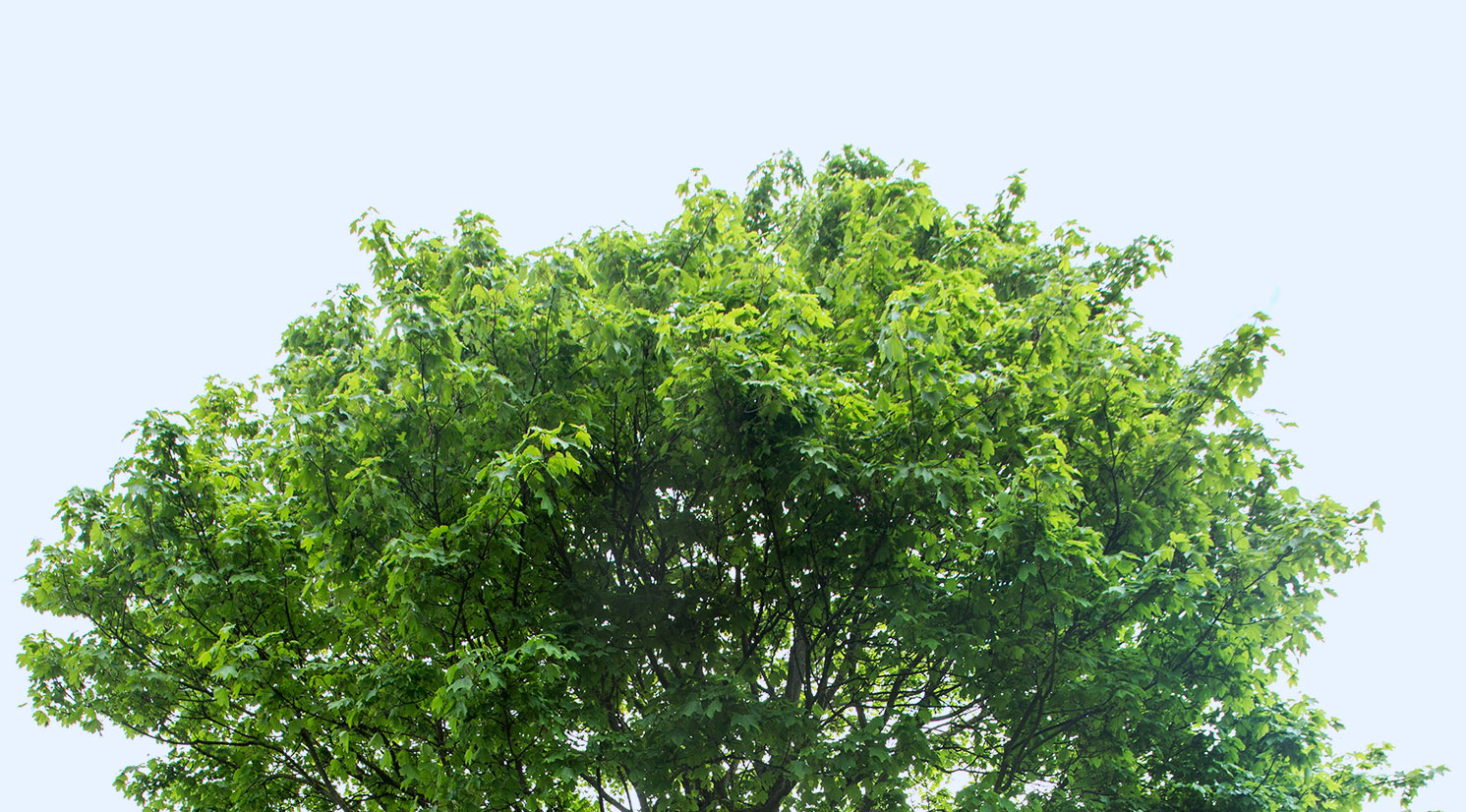By Alexxa Mitchell, Curatorial Specialist
We like to use the playful term ‘Treeschool’ at The Dawes Arboretum to emphasize the existence and needs of young trees. Treeschool essentially means preschool for newly planted trees and shrubs. More often than not, the average person doesn’t think much about the care of a new tree because they have never needed to. If we can reach even a small audience with this information, that’s one more audience member to help improve and support the environment.
Ensuring that your intentionally planted tree survives is important regardless of its intent, such as planting it for conservation purposes or ornamental purposes. At The Arboretum, we take that responsibility heavily because we are home to conservation efforts where we have collected seed and plant material not only locally, but nationally and globally. We ask ourselves, “what would be the purpose of this work if we planted these trees, many of which are threatened and rare species, and left them to fend for themselves?” By caring for them in their earliest stages, we increase the chances of their survival and contribution to the environment.
Treeschool specifics can vary between different organizations but there are primary responsibilities you will see across the board including watering, structural pruning, monitoring for diseases and pests and identifying dead or damaged material!
Water is the most important aspect of ensuring the survival of a new plant. On average, a new tree should be receiving water equivalent to one inch of rainfall per week with consideration to the size of the tree. For the average new plant at The Arboretum, that typically equates to about 4-5 gallons of water per week. Always be cautious of overwatering just like underwatering. It can be detrimental to a plant’s health. To know if the plant needs to be watered, be sure that the first few inches of the soil are dry before watering.
As you establish a watering schedule and become more comfortable with watering requirements, start monitoring other aspects of your tree. On the right, I am pictured with two of our residents that take part in our Advanced Training Program.
We spent the morning completing inspections of young trees where we discussed watering, structural pruning and how to identify girdling roots, insect damage, and diseases. That one morning of training increased our ability to identify plant issues by four additional people.
Next to watering, you want to make sure your plant is free of any damaged or dead limbs. Taking care of these issues falls under structural pruning where you’re training the tree to have a desirable form as it matures as well as limiting its damage. Rot, diseases, and insects are likely to more severely infect your plant when it’s already under stress versus a healthy plant. Ridding your tree of damaged and dead limbs by pruning and creating a clean cut, allows for your plant to heal quicker and more effectively. As you’re completing your weekly watering, make it a habit to look over the whole plant. You may be surprised by what you find when paying attention.

